Fall is Here! Time to Start Planting!
The time has finally arrived! Summer temperatures are but a memory and fall is here!
Every year we wait for the end of summer so we can start adding plants in the garden. The only question is what plants will I add?
The possibilities are endless…
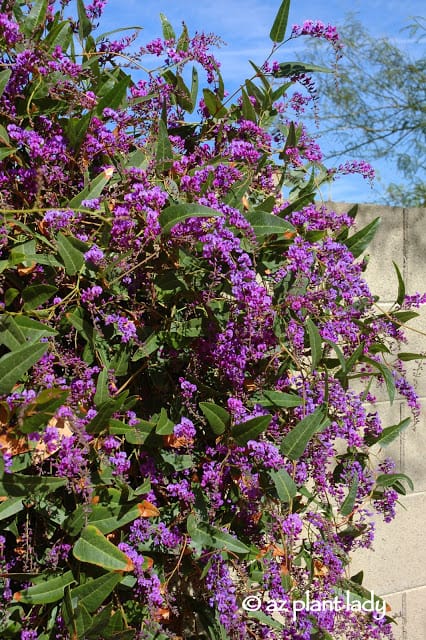
Purple Lilac Vine (Hardenbergia violaceae)
The signs that fall in the desert may not be as evident as in other parts of the county, yet they are here. Elongating shadows, cooler evening temperatures along with increased plant growth and flowering are clear signs that the heat of summer is fading and cooler temperatures are on their way.
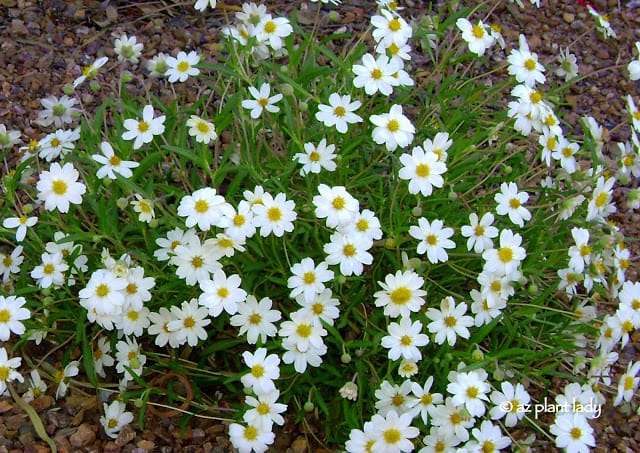
Blackfoot Daisy (Melampodium leucanthum)
October and November are the best months in which to plant most types of plants in the desert. The reason for this is that plants use the cooler weather in which to grow a healthy root system so that by the time that the summer arrives, they are ready to handle the stress of the intense heat.
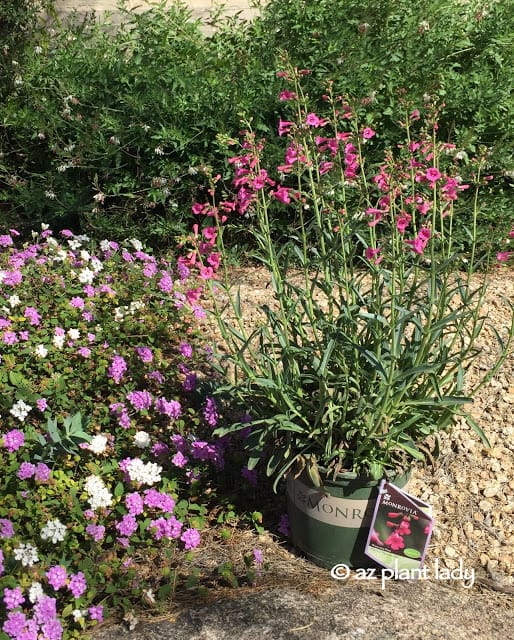
Parry’s Penstemon (Penstemon parryi)
Most trees, shrubs, perennials, and succulents can be planted now. Stay away from planting palms, bougainvillea, lantana and other plants that suffer frost damage during the winter months. They do best when planted in the spring.
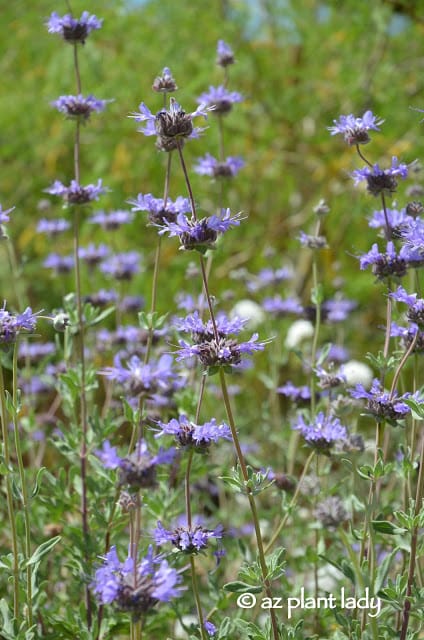
Chaparral Sage (Salvia clevelandii)
As in all climates, be sure to plant correctly. Dig a hole three times as wide as the root ball but no more profound than the root ball. This will allow the roots to grow outwards more quickly.
When growing native plants, you do not need to add any amendments to the hole as this can cause the roots to just stay in place, enjoying the nutrient-rich soil, instead of venturing out into the regular soil. If you do decide to add amendments to the soil, be sure to incorporate them well with the existing soil.
Newly installed plants will initially require more water than established plants, so be sure to adjust your watering schedule accordingly.
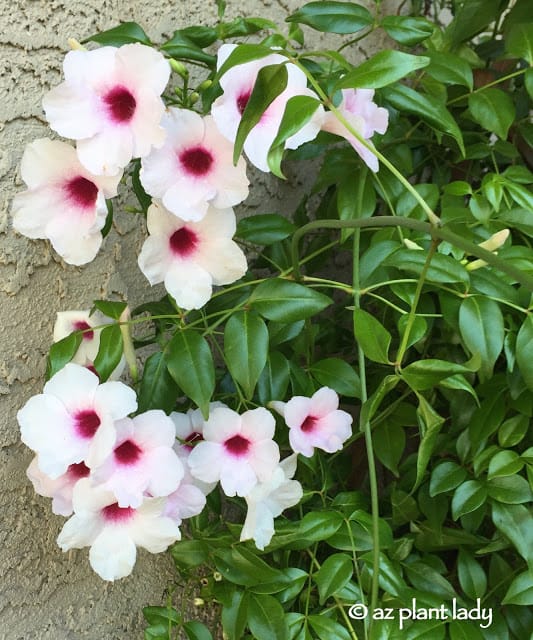
Bower Vine (Pandorea jasminoides)
So visit your local nursery and get planting!
Fall Planting: How to Select Plants

 Noelle Johnson, aka, 'AZ Plant Lady' is a author, horticulturist, and landscape consultant who helps people learn how to create, grow, and maintain beautiful desert gardens that thrive in a hot, dry climate. She does this through her consulting services, her online class Desert Gardening 101, and her monthly membership club, Through the Garden Gate. As she likes to tell desert-dwellers, "Gardening in the desert isn't hard, but it is different."
Noelle Johnson, aka, 'AZ Plant Lady' is a author, horticulturist, and landscape consultant who helps people learn how to create, grow, and maintain beautiful desert gardens that thrive in a hot, dry climate. She does this through her consulting services, her online class Desert Gardening 101, and her monthly membership club, Through the Garden Gate. As she likes to tell desert-dwellers, "Gardening in the desert isn't hard, but it is different."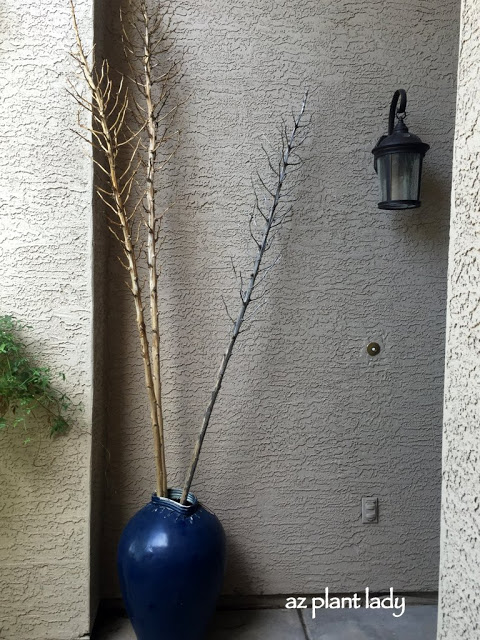
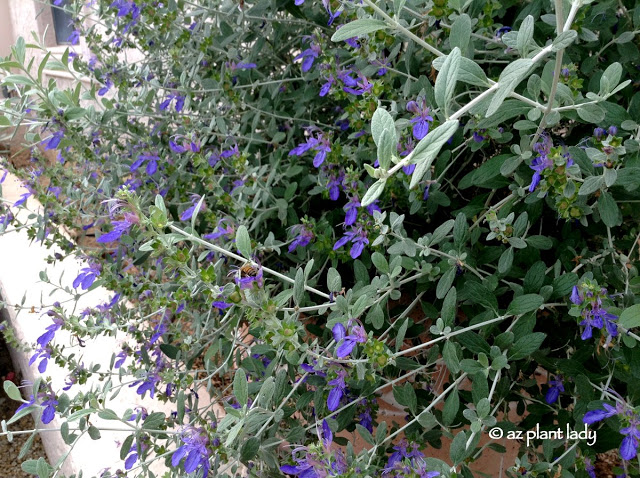
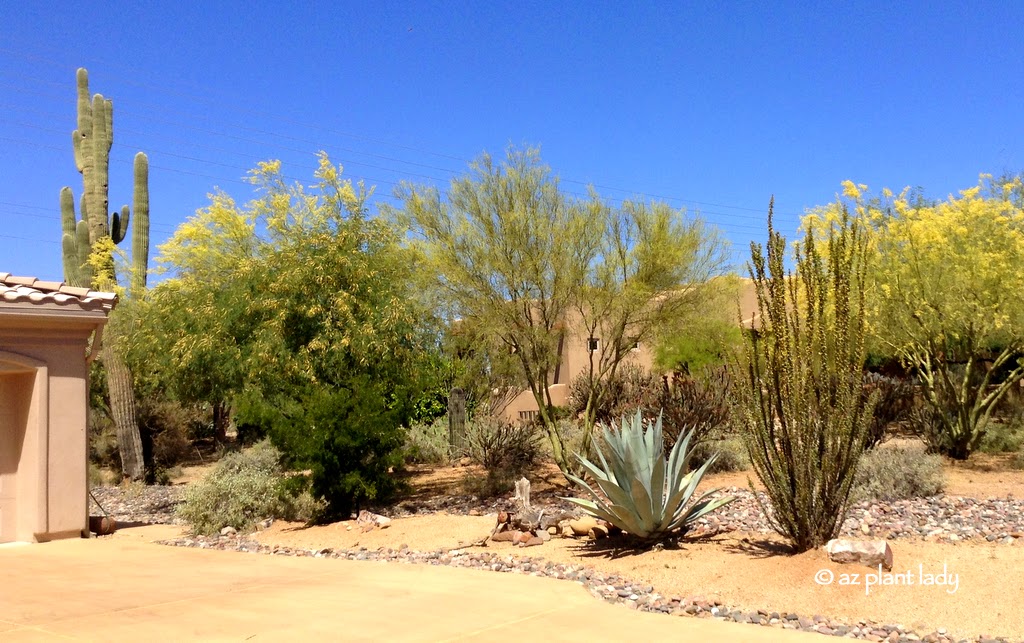
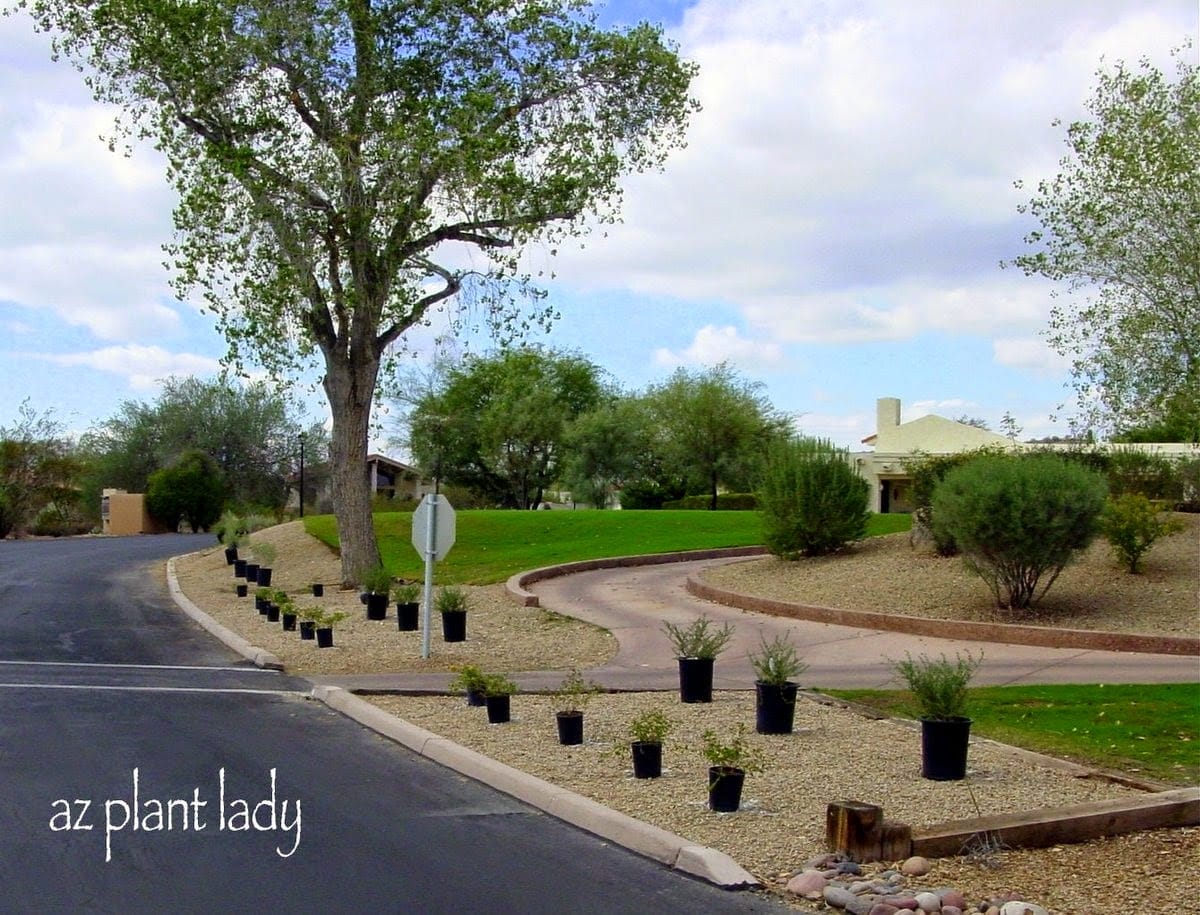
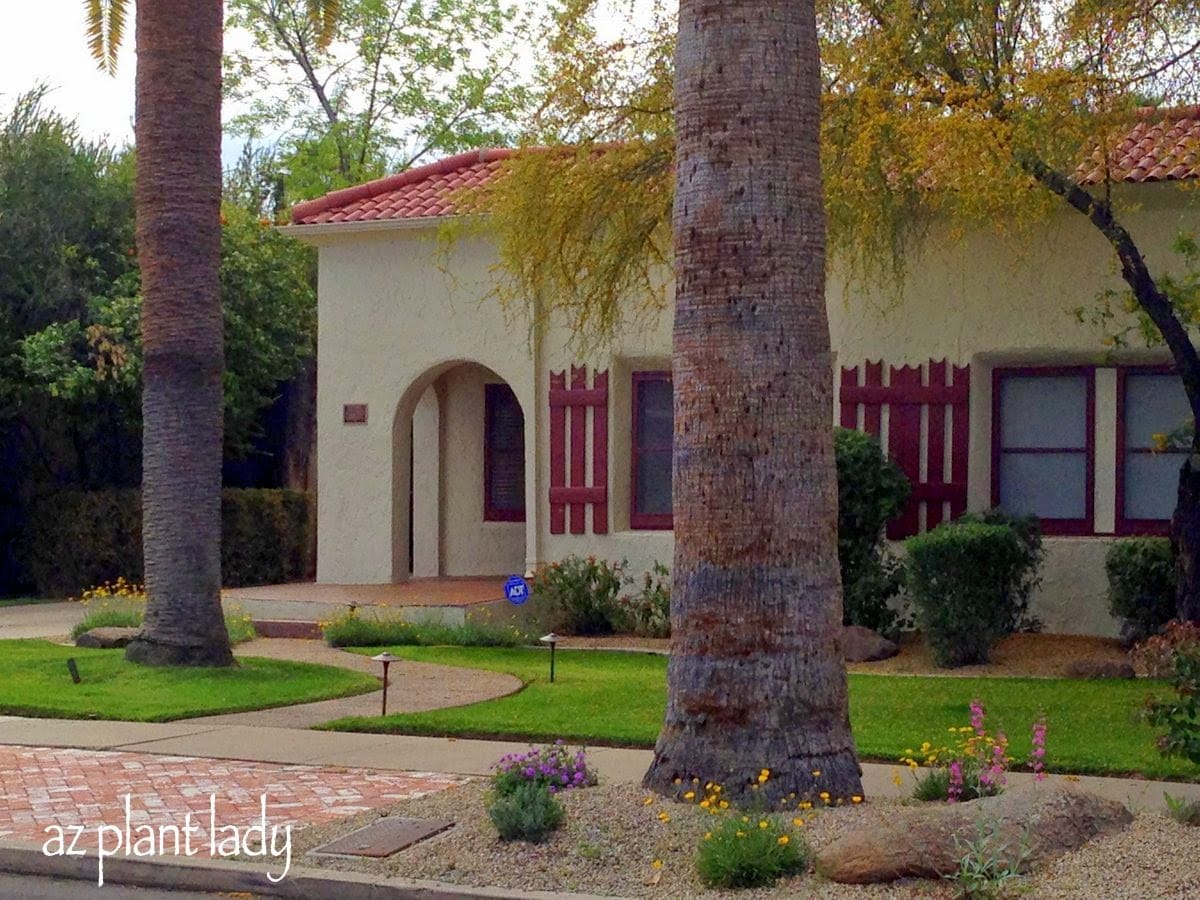
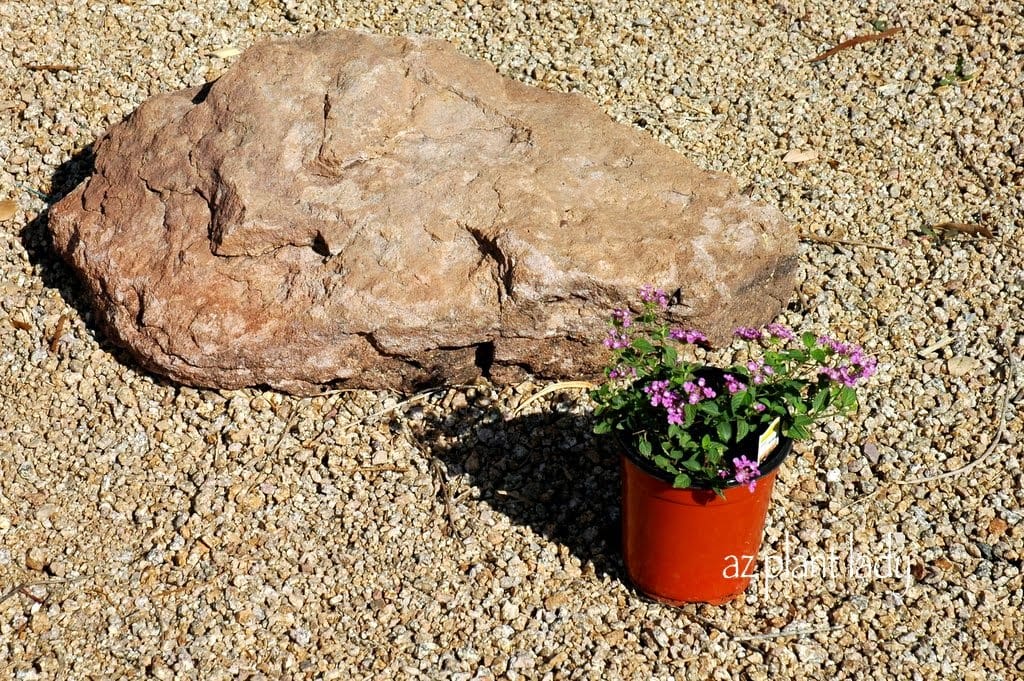








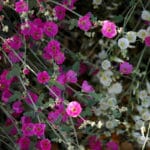
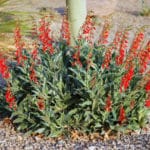
Pretty blooms…I'm sure they would all do great in Austin.
Hi! I am so excited to find you! I found you through Blotanical. I live in east Mesa and I'm always looking for ideas and tips on gardening here in Maricopa County. This is my favorite time of year to garden. We're gearing up the garden boxes…I'll be back!
Noelle, Great color on the Podranea, the ones I'm familiar with tend to be much paler.
Really enjoy your blog.
Scott
That Purple Lilac Vine is fabulous love all of them. Thank you for stopping by and for the congrat's.
hugs, Cherry
Your plants look so good. We've finally got some cooler weather here in LA, so I'll be off to the nursery to find some new plants. And get the fall garden planted.
Beautiful photos – I love your blog and will forward it to my friend who just moved to Las Vegas and is mourning her new, hot, dry environment (she likes 'Connecticut weather'…). Your blog will give her hope that she can still have a beautiful garden!
When we hit our HOT HUMID days during summer I feel like I am a Desert Gardener. I am so happy that you stopped by my blog so I could find my way to yours. I love your photos of your world.
I can't wait to stop by and see what you share next.
Wow, that Hardenbergia is in full bloom. Love the Salvia and Penstemon photos, really beautiful.
I am another gardener from warm climate and i wait so much for fall to plant those plants which need a cooler temperature. That applies to seeds and bulbs as well. Sadly, summer is not ending and temperature is still in late 30's. Your blooms are lovely.
Noelle, you might not be able to grow hydrangeas, but that purple lilac vine is beautiful!
Thank you for visiting my blog and your kind comment.
Wow..some wonderful and intriguing plants ans flowers!!! Simply gorgeous photos as well! Loved this post!
Noelle, Thank you for writing and telling me a bit more about yourself. Yes, the weather here can be really great, except for the Santa Annas. I do enjoy gardening in the winter.
The chaparral sage looks like a peacock showing off its beautiful tail.
I have a question I want to plant 6 small Ambrosia deltoidea bursage between my creostoe bushes but I hear they are really allergenic,
They are just so native and my goal is to have a truly desert eco system in my yard, I have several brittles bushes, creostoe bushes small and large a small ironwood tree, two saguros
I enjoy spending time outside but will these plants effect cuase me to have allergy issues.
I have a question I have transformed my yard into the sonoran desert five ocotillos, 3 milkweeds plants, several brittles bushes, small and large creostoe bushes two saguro's, all my palnts in the ground are native with the exception of a few beautiful Texas eboney trees.
I want to plant several (Ambrosia deltoidea bursage) between the creostoe bushes.
They say they're highly allergenic will these plants give me allergies, It just seems these plants would fit so well between the creostoe bushes and my ironwood tree but I don't want allergy issues.
looking at my landscape the shrubs are just the right size.
Hello Kev,
Bursage would look just wonderful between your Creosote. Bursage's gray-green leaf would contrast nicely with the dark green of the Creosote.
Unfortunately, you are right…Bursage does cause allergies. It belongs to the Ragweed family. If you know what specific plants you are allergic too, and Ragweed is not one of them, you can go ahead and plant it. It is the predominant low-growing shrub out in the Sonoran desert. I hope this helps! Thank you for your question!